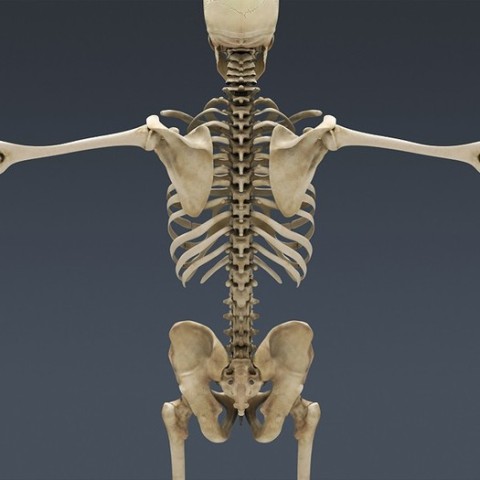 Mumbai, October 17, 2015: Osteoporosis is a major global public health problem associated with significant morbidity, mortality, and socio-economic burden and has numerous medical implications. Osteoporosis is a disease where decreased bone strength increases the risk of a broken bone. Worldwide, osteoporosis causes more than 8.9 million fractures annually, resulting in an osteoporotic fracture every 3 seconds. *
Mumbai, October 17, 2015: Osteoporosis is a major global public health problem associated with significant morbidity, mortality, and socio-economic burden and has numerous medical implications. Osteoporosis is a disease where decreased bone strength increases the risk of a broken bone. Worldwide, osteoporosis causes more than 8.9 million fractures annually, resulting in an osteoporotic fracture every 3 seconds. *
Osteoporosis is a condition that can be managed and treated if diagnosed early and accurately. Unfortunately, it is often undiagnosed until a fracture occurs.
On this World Osteoporosis Day, 20th Oct 2015 the theme is to “Embrace Better Bone Health”, so it is of utmost importance that we take immediate steps to create awareness and treatment of this disease.
Dr. Vishal Peshattiwar, Minimally Invasive & Endoscopic Spine Surgeon, Head of Department, Spine Surgery, Global Hospitals, Mumbai, says, “The incidence of low bone health in India is almost 10 years younger as compared to west and it will only grow. The elderly population is more susceptible to suffer fragility fractures due to various factors which include age, lifestyle choices, dietary habits, medical conditions and treatments. Indians take low protein, low calcium and high carb diet apart from being chronically low on vitamin D, which is not at all good for the bone health. Prevention and treatment include calcium and vitamin D intake, exercise, and regular osteoporosis medications.”
There are some risk factors associated for osteoporosis which are out of our control:
- Sex: Women are much more likely to develop osteoporosis then men.
- Age: The older you get, the greater your risk of osteoporosis.
- Family history: Having your mother or father experienced a hip fracture puts you at greater risk of osteoporosis.
Rick factors that could be controlled:
Dietary factors
- Low calcium intake: Lack of calcium plays a major role in the development of osteoporosis. Low calcium intake contributes to diminished bone density, early bone loss and an increased risk of fractures.
- Eating disorders: People who have anorexia are at higher risk of osteoporosis. Low food intake can reduce the number of calories and amount of protein and calcium ingested. In women, anorexia can stop menstruation, leading to weaker bones.
Lifestyle factors
- Sedentary lifestyle: People who spend a lot of time sitting have a higher risk of osteoporosis than those who are more active. Any weight-bearing exercise and activities that promote balance and good posture are beneficial for your bones.
- Excessive alcohol consumption: Regular consumption of more than two alcoholic drinks increases your risk of osteoporosis.
- Tobacco addiction
- Lack of exposure to sunlight
Dr. Peshattiwar adds, “The incidence of osteoporosis in women is higher in India and DEXA, is the most common osteoporosis test. Dual X-ray absorptiometry is highly recommended for every women aged 40 years and above to do it once in a year. It measures people’s spine, hip or total body bone density to help gauge fracture risk.
The major factor in the low Bone Mineral Density (BMD) and poor bone health of Indians is the high prevalence of vitamin D deficiency. Poor sunlight exposure, use of sun blocks, vitamin D-deficient diet, low calcium intake nutrition are some obvious causes for this.
Healthy lifestyle, diet, exercise and sunlight exposure can have a major positive impact on the bone metabolism and bone health of Indians. These public health measures are recommended for the population at large as they are efficacious, safe and cost-effective.
Women population are more prone to osteoporosis therefore it is necessary to create awareness among women and their families, irrespective of their geographic location, about the risk of osteoporosis and educate those regarding preventive measures to avoid future fractures secondary to osteoporosis.
There is also a need for early interventions like adequate calcium intake, vitamin D supplementation, and other lifestyle changes.
Steps need to be taken at policy level for devising strategies to tackle this increasing global health problem and stopping it from becoming an epidemic.
* Source available on request
